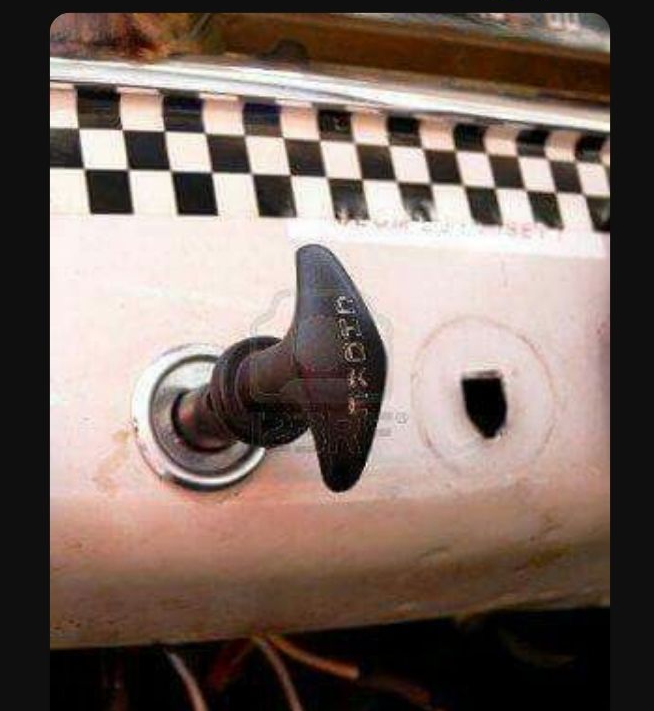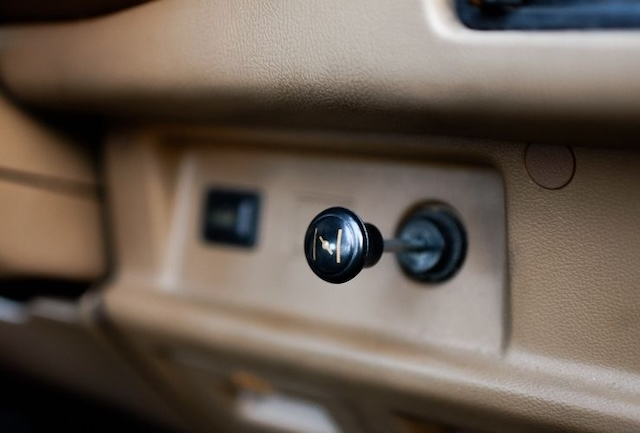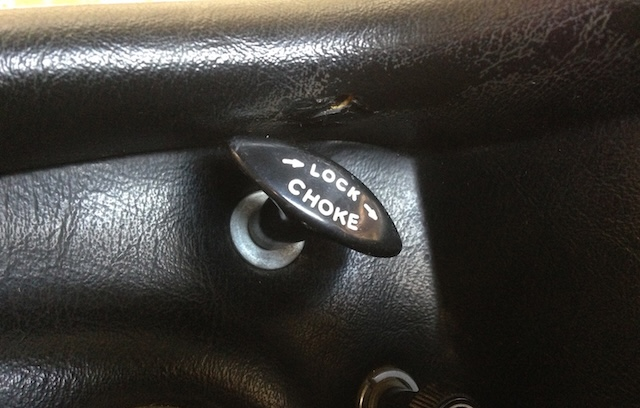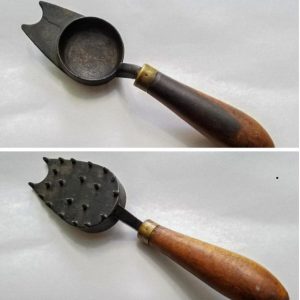Let’s rewind to a time when driving meant more than just pushing a button and going. Before fancy dashboards and onboard computers, there was a little knob or lever tucked somewhere near the steering wheel—often overlooked today, but once absolutely essential. We’re talking about the manual car choke, a true vintage hero that got cars moving in frosty mornings and tough conditions. If you recognize it, chances are you’ve been behind the wheel of something with real soul.

What Was the Manual Car Choke—and Why Did It Matter?
Back in the day, engines relied on carburetors to mix fuel and air. That mixture needed to be just right—especially during cold starts. Enter the choke. This small device controlled the air intake to enrich the fuel mixture, helping cold engines roar to life without stalling or sputtering.
Drivers would pull the choke knob to restrict airflow, making the engine burn more fuel and warm up faster. Once the engine reached a steady idle, you’d gradually push the choke back in. It wasn’t automatic. You had to feel it—listen to your engine and respond. That was the art of it.
Video: Watch the video to learn how to start a really old car using a choke!
Everyday Life with the Choke: A Cold Morning Ritual
Picture this: it’s the 1960s. The air’s biting cold. You hop into your car, twist the key, and immediately pull out the choke. It’s not guesswork—it’s muscle memory. The engine coughs, groans, and then catches. That deep rumble tells you it’s working.
But the job isn’t done. You watch the tachometer. You listen. You slowly ease the choke back in as the car warms. Too soon, and it stalls. Too late, and you flood the engine. It’s a dance between human and machine—and for decades, it was part of every winter drive.
From Innovation to Obsolescence: The Choke’s Rise and Fall

The manual choke wasn’t just a cold-start assistant—it was an invention born out of necessity. As gasoline engines gained popularity in the early 1900s, engineers quickly realized they needed a solution for cold weather. By the 1930s, almost every car had a choke. And drivers learned to use it without thinking twice.
During the muscle car era of the ‘60s and ‘70s, manual chokes weren’t just common—they were essential. High-performance engines demanded precise fuel control, and the choke gave drivers that power. Cars like the Ford Mustang and Chevy Camaro wore their choke knobs like a badge of honor.
But as fuel injection systems took over in the late ’70s and early ’80s, the choke faded into the rearview. With onboard computers adjusting the fuel mix automatically, drivers no longer needed to intervene. And just like that, the lever that once saved cold commutes became history.
Nostalgic Stories from Behind the Wheel

Ask anyone who drove a carbureted car, and you’ll likely hear a story about their old choke. Like the high schooler who mastered the art of feathering the choke to impress their date. Or the commuter who kept a glove just for pulling that icy metal knob on winter mornings.
One collector in Michigan recalled driving his vintage pickup through blizzards: “My starter was weak, and the battery hated the cold. But that choke? That little lever never let me down.”
Why Collectors Still Love the Manual Choke
Video: Watch this video to learn how to fine‑tune the choke on your classic carburetor for smooth performance!
Today, manual chokes are prized by classic car enthusiasts. Not just as functional components—but as emotional touchstones. Restoring a car to its original specs often means tracking down that exact choke knob, complete with patina and wear.
In a world of touchscreen dashboards and self-driving cars, there’s something deeply satisfying about feeling that mechanical click. It connects you to the machine. It demands attention. It rewards skill.
The Legacy of a Mechanical Companion

Even though the manual choke is mostly gone from today’s vehicles, its legacy lives on. It represents a time when drivers had a more hands-on relationship with their cars—when understanding how your engine breathed was part of owning it.
More than that, it reminds us of an era when simplicity ruled. No diagnostics. No service lights. Just you, your car, and a little knob that could make or break your morning.
Conclusion: A Mechanical Memory That Still Sparks Joy
The vintage manual car choke might be a relic now, but for those who remember it, it’s a piece of personal history. It stood for reliability, control, and a deeper connection between driver and machine. While modern tech has made driving easier, it’s also made it less personal. The choke was a symbol of the era when cars needed you just as much as you needed them.
So if you ever spot one in an old dashboard, give it a nod. That little lever helped generations hit the road—even when the world was frozen.


